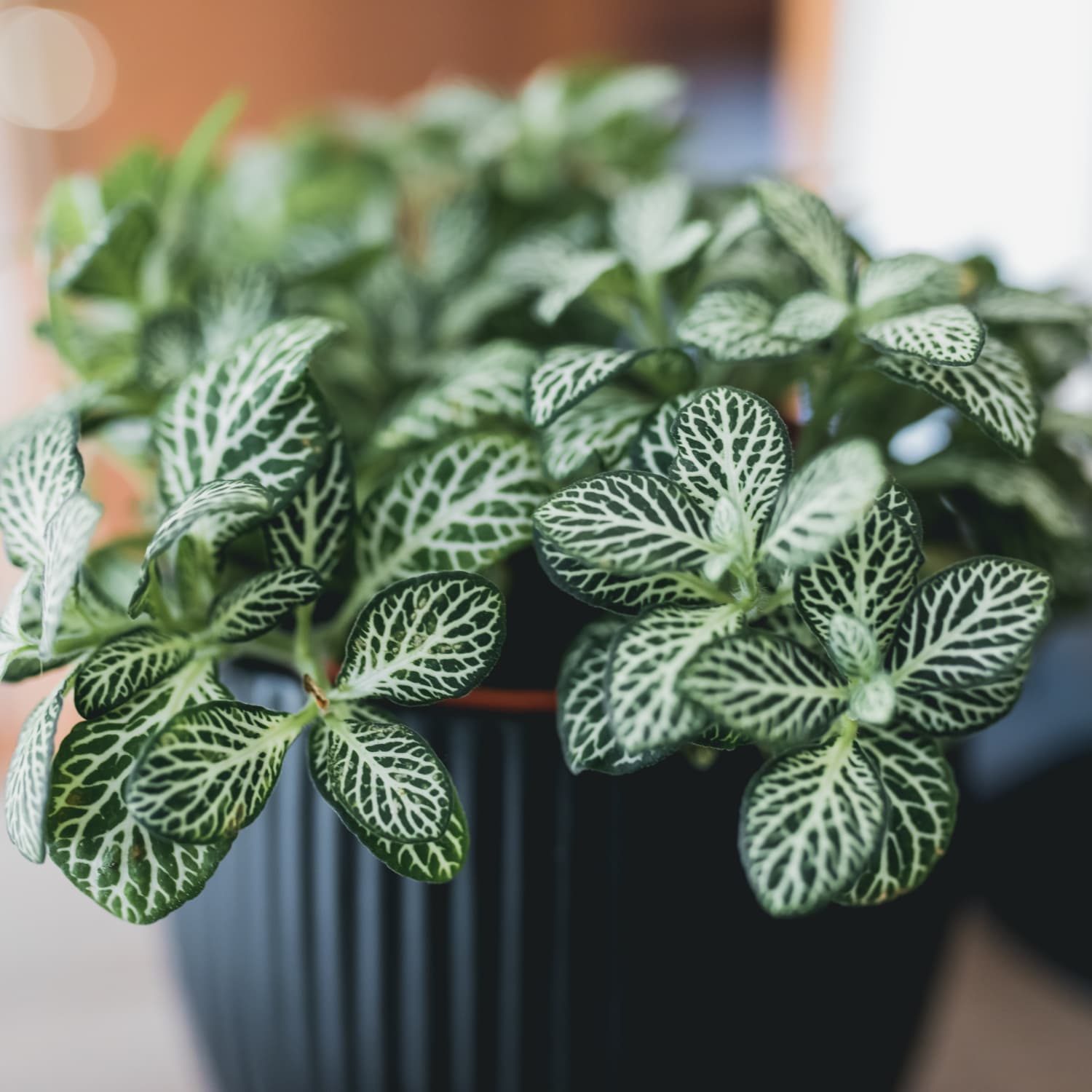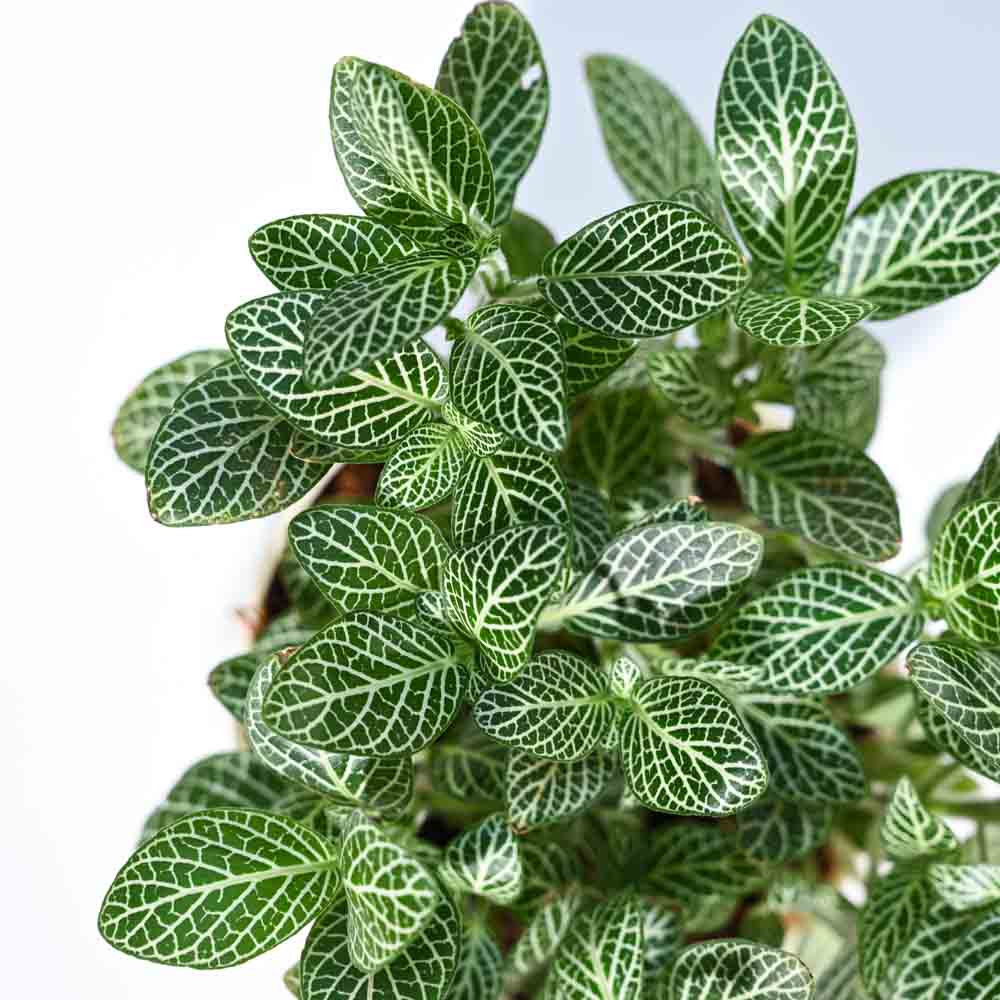Fittonia Plant: A Colorful AddiTion to Your Indoor Jungle
Fittonia plants, also known as Nerve plants or mosaic plants, are a popular choIce for Indoor Gardeners due to Their vibrant leaf colors and low-maintenance care requirements. These tropical plants are native to South America and have become a staple in many homes and Offices.
Colorful foliage: Fittonia plants are prized for their striking leaf patterns, which can range from deep green to vibrant Shades of pink, red, white, and purple.

Light: Fittonia plants prefer bright, indirect light. Avoid placing them in direct sunlight, as this can scorch their leaves.
Fittonia plants can be propagated from cuttings or by dividing the root ball. Simply take a cutting of a healthy stem, remove the lower leaves, and plant it in moist potting mix. Keep the cutting warm and humid until it roots.
Fittonia plants are a beautiful and versatile addition to any indoor garden. With their vibrant colors and low-maintenance care requirements, these plants are a great choice for both novice and experienced Gardeners. By following the tips outlined in this article, you can enjoy healthy and thriving Fittonia plants for years to come.

FAQs:
1. Can Fittonia plants tolerate low light conditions? While Fittonia plants prefer bright, indirect light, they can tolerate low light conditions for short periods. However, prolonged exposure to low light can result in leggy growth and loss of color.
2. How often should I fertilize my Fittonia plant? Feed your Fittonia plant once a month during the growing season (spring and summer) with a balanced liquid Fertilizer diluted to half strength.
3. Can Fittonia plants be grown Outdoors? Fittonia plants are not hardy and cannot be grown outdoors year-round in most climates. They are best suited for indoor cultivation.
4. What pests and diseases can affect Fittonia plants? Fittonia plants can be susceptible to mealybugs, Spider mites, and root rot. Regular inspection and proper care can help prevent these problems.
5. Can Fittonia plants be used as a trailing plant? Yes, Fittonia plants can be trained to grow as a trailing plant. They can be planted in Hanging Baskets or allowed to cascade over the edges of containers.
:max_bytes(150000):strip_icc()/grow-fittonia-houseplants-indoors-1902486-01-4daff2eea07f475a987b19d97dda4f20.jpg)




:max_bytes(150000):strip_icc()/GettyImages-519977770-5a9646281d640400377d6322.jpg?w=200&resize=200,112&ssl=1)

